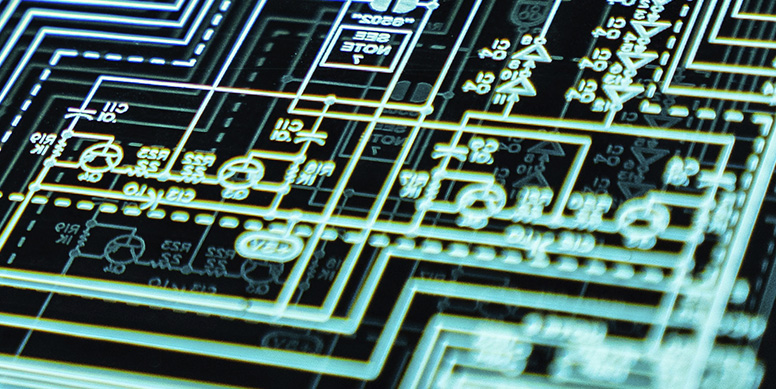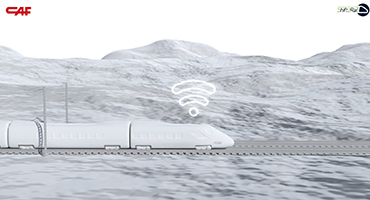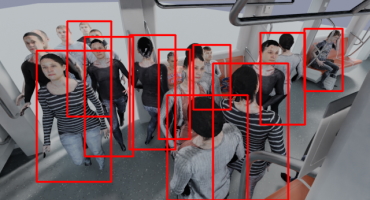- Home
- Innovation and technology
- DIGITAL RAILWAY

DIGITAL RAILWAY
Implementing digitalisation in the railway system plays a pivotal role towards enabling the evolution of the other aforementioned trends and it also opens the door to creating new digital services and businesses.
CAF's technological developments are designed towards improving the quantity and quality of the data collected, implementing new types of communication and developing algorithms that integrate the physical modelling of components with advanced data analysis, using artificial intelligence to generate train “digital twins”.
SENSORS AND DATA ACQUISITION
The design of a modular architecture consisting of a sensor and artificial vision network, both outside and inside the train, allows for image recognition and artificial vision algorithm integration.
To this end, a reliable surroundings perception system is used which combines all the artificial vision and sensor data.
An appropriate selection of sensors which are integrated in the main vehicle systems, combined with the information that is generated in the train control system and its subsequent recording, pre-processing and transmission of data, renders the data ready to be saved and used later in various applications using “Big” technologies.
BIG DATA AND CLOUD COMPUTING
Widespread digitalisation results in an increasing volume of data.
Big Data technologies makes it possible to manage, transmit, process and store data in the most economical and efficient way possible.
This greater volume of data calls for the appropriate scaling of all the requirements associated with the devices that need to be managed. Accordingly, flexible systems that can be adapted to these requirements are required. Using the cloud for storage and to process data allows for appropriate, efficient and competitive solutions to be achieved based on knowledge of different existing products, systems, technologies and tools on the market.

COMMUNICATIONS
Digitisation requires connecting the data source with the storage infrastructure. Technologies such as 5G open the door to new technical and architectural solutions that were not feasible until now.
Having connected devices results in more exposed smart systems. Accordingly, implementing comprehensive cybersecurity management for the entire value chain must not be neglected:
- The design of the SW and HW which controls and monitors the systems
- Device configuration and management tools.
- Communication systems used to implement the new features in the systems.
- Big Data, Analytics, Systems providing access to the data for their use.
CYBERSECURITY
Digitalisation is bringing substantial benefits in transportation operational efficiency; availability, capacity, punctuality and maintainability, as well as better passenger experience and comfort. It also inevitably increases the vulnerability to cyberthreats.
Cybersecurity approach must provide for the in-depth protection needed to defend against security threats, while ensuring that transportation operators are prepared to meet their compliance obligations.

ADVANCED ANALYSIS OF DATA AND AI
Physical modelling, advanced signal analysis, expert knowledge and ML/AI techniques are combined to address complex problems relating to very different areas:
- Health monitoring systems for condition-based maintenance.
- Energy optimisation.
- Degrading of suspensions.
- Traction strategies.
- Designs based on real requirements.
An optimal solution to problems can only be achieved by means of a holistic approach using all available information and techniques.
The “digital twin” of relevant subsystems is a clear example. Combining both physical modelling and data science techniques allows for a 'twin' of the real system to be generated allowing for:
- Optimisation of current performance.
- Future design improvement.
- Detection of system malfunctions comparing real performance with the envisaged performance of the healthy twin.
